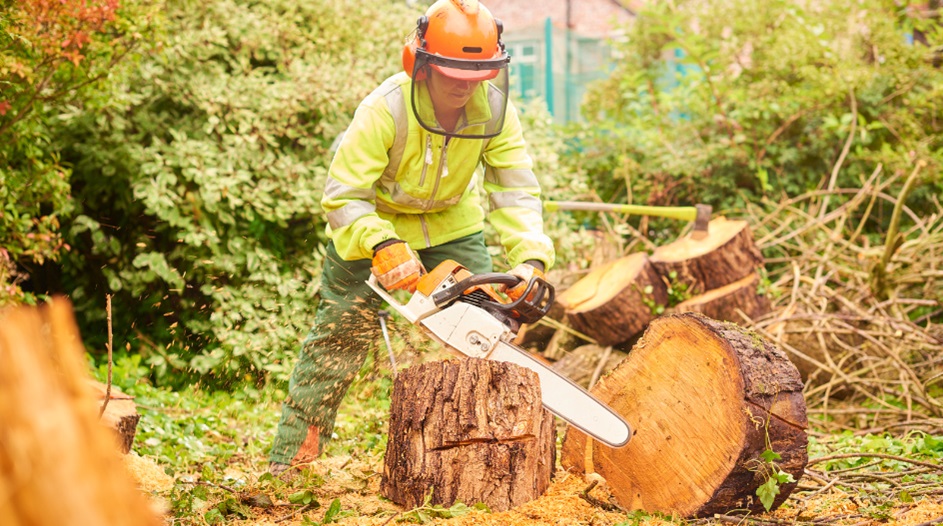Nestle India’s Rural Growth Strategy and Stock Implications
In the Indian stock market, a company’s growth strategy often plays a key role in shaping investor sentiment and long-term valuation. Nestle India, a trusted FMCG giant, has been gradually strengthening its presence in rural markets — a move that investors are closely watching. Monitoring the Nestle India Share Price offers insights into how the market is responding to such strategic expansions. Similarly, just as investors track the Suzlon Share Price for signals in the renewable energy sector, Nestle’s rural push serves as a major indicator for its future earnings growth and distribution efficiency.
Why Rural India Matters to Nestle
Rural India accounts for over 65% of the country’s population and contributes significantly to overall FMCG consumption. Historically, urban India has been the growth driver for Nestle, but with increasing rural electrification, internet penetration, and disposable income, the countryside has emerged as a high-potential market.
Nestle’s rural strategy focuses on three key pillars:
- Wider Distribution: Expanding last-mile connectivity to remote villages using regional distribution partners and leveraging digital platforms.
- Affordable Offerings: Creating value packs and single-use product variants to cater to rural consumers’ price sensitivity.
- Localized Marketing: Tailoring campaigns in local languages and addressing specific regional preferences.
These efforts are not only about increasing sales but also about deepening brand penetration and creating loyalty in previously underserved markets.
Stock Market Implications
From an investor’s lens, Nestle’s rural strategy represents a long-term structural growth driver. Analysts often consider rural consumption a counter-cyclical support — meaning it can remain stable or even grow during periods when urban demand slows.
If Nestle successfully executes this rural expansion, it could lead to:
- Higher volume-led growth
- Improved operating margins through scale
- Reduced dependency on urban markets
- Stronger moat versus competitors
As this growth story unfolds, the Nestle India Share Price is likely to reflect market optimism, especially when rural demand translates into consistent quarterly performance. Brokerage houses may also revise earnings estimates upwards, leading to re-rating of the stock.
Comparing with Sectoral Peers
While other FMCG players like HUL and Dabur have had early leads in rural India, Nestle is now catching up with strategic investments. Unlike the high-risk, high-reward nature of stocks like Suzlon — where the Suzlon Share Price fluctuates sharply with regulatory or policy announcements — Nestle offers a more stable play, with rural growth adding another layer of long-term visibility.
Final Thoughts
Nestle India’s rural growth strategy is more than a business expansion — it’s a shift toward inclusive and scalable growth. As the company taps into Bharat’s consumption story, investors keeping an eye on the Nestle India Share Price will be looking for signs that these efforts are converting into sustainable revenue and profit growth. In a market where consistency is key, rural India could be the next big catalyst for Nestle’s stock performance.




